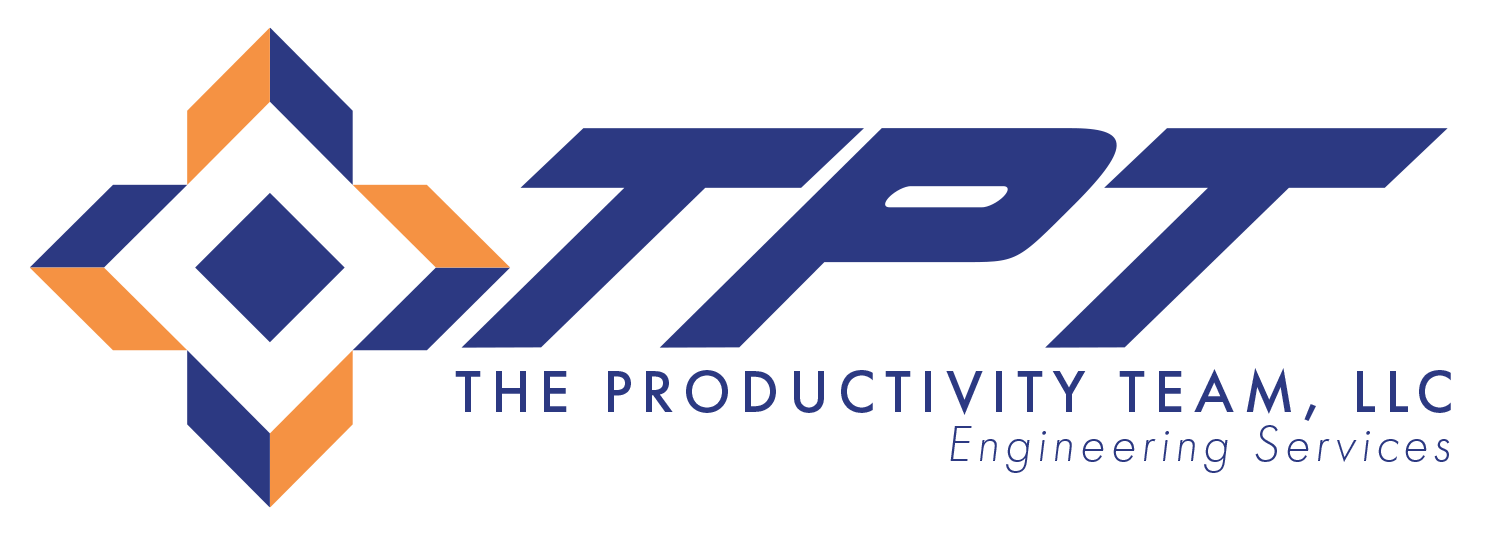Value stream mapping or VSM is a lean production method for analyzing, designing, and managing the flow of materials and information to get a product or service to a customer.
It relies on certain standardized symbols to note information flows and work streams. Those that add value to the process and to the customer are added and others are removed to make the process lean and efficient.
The 7 steps in value stream mapping
Here’s how you can implement value stream mapping in your organization.
Step 1: Define the scope
Defining the start and end points will help you analyze the value stream in detail. Do you want to map out your entire value chain or start from an internal point? For example, if you’re in the restaurant business, does it start from your suppliers or from the moment when the supplies are delivered to your business?
Step 2: Identify the steps
This is where you define all the steps from start to finish. If you’re into organic farming, it would involve sowing, growing, grading, and distribution. These are the steps that add value to your process.
Step 3: Include information flows
Value stream mapping identifies information flows, making it easy for organizations to monitor and manage how information is shared in the system. In the restaurant example, who would place orders with the supplier and how would they do it? Once this is identified, they can schedule it to come up with weekly or monthly plans.
Step 4: Gather crucial data
The next step is to collect critical data for in-depth analyses of each process. Usually, you will have to gather data on:
- The total inventory for each process
- The cycle time for each unit
- The transfer time
- The number of personnel required for each step
- The number of products that will be scrapped
- The pack size for a typical product
- The batch size for each step
Step 5: Add data and timelines
By drawing a table or box below each process block, you can add the information you have gathered to the map. One of the biggest advantages of value stream mapping is that it will bring to light inefficiencies in the system.
With data and timelines, you may notice that certain actions that required weeks might only take a few hours.
Step 6: Discover the seven wastes of lean
These are the seven wastes of lean that will help you trim costs and increase efficiency.
- Transport. Can you reduce the transport of materials?
- Inventory. Is there a way to lower inventory levels?
- Motion. Reduce unnecessary motion and you will improve productivity.
- Waiting. Are there bottlenecks in any process or sub-process?
- Over-processing. Does your process have too many inputs?
- Overproduction. This increases your storage and monitoring costs.
- Defects. Reducing defects will improve each process and the system.
Step 7: Create the desired value stream map
Now you can create your ideal value stream map that will help you reduce wastage and remove bottlenecks. It would take time so it’s important to assign milestones to each deliverable and tackle it one step at a time.
In short
Using these steps in your value stream mapping will help you improve efficiency and productivity and grow your revenue. For more questions about how The Productivity Team can help improve your processes, contact us today!
Contact Us to Learn More About TPT
TPT is the leading provider of facility planning and engineering services. Contact us today to speak with one of our planning and engineering specialists.
